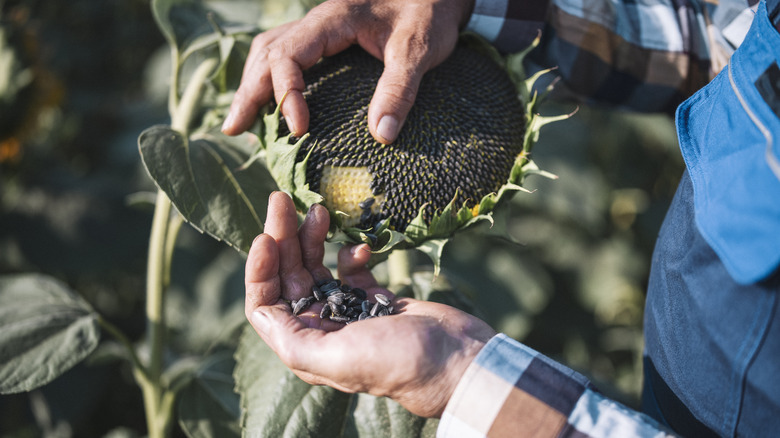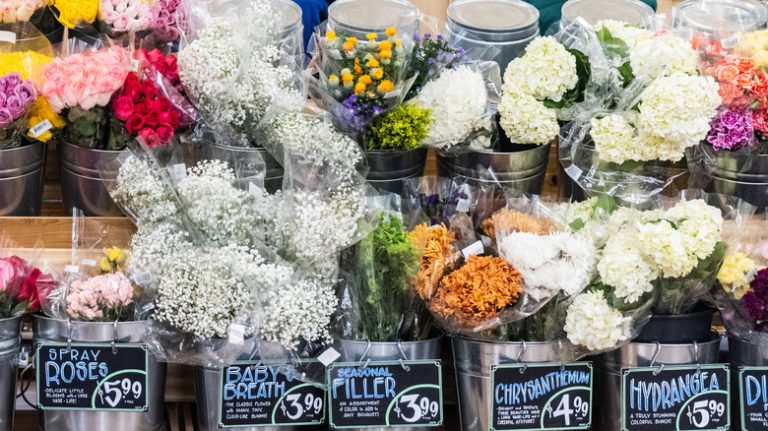Did you know that sunflowers get their name because they are heliotropic? This means that during the growing season they turn their heads to face the sun throughout the day. This doesn’t stop until the fall when they’re laden with seeds and ready for harvest. There’s a lot more to sunflowers than this cool sun-seeking attribute, though. They attract pollinators, look bright and cheery when used for decorating, and provide food from those harvested seeds. All these are welcome reasons to have sunflowers as part of your garden.
There are, however, some downsides to planting sunflowers that you should know about before placing them in your flower beds or near your veggies. In fact, some of the great things about growing sunflowers in a backyard garden can also lead to unintended consequences. Learning more about the positive and negative aspects of this flowering plant can help you decide if adding them to your garden is the right move for you.
Positive attributes of planting sunflowers in the garden

Sunflowers grow super tall, and some varieties have flower heads as big as plates. When added to a backyard garden, the height of sunflowers — which can reach 12 to 15 feet — can provide some much-needed shade from the scorching summer sun for plants that will thrive near them. Sunflowers are also great at removing heavy metals from soil, which can be beneficial for those who need to get rid of impurities in a potential garden space.
Those big blooms also attract lots of bees, which can encourage the pollination of other types of flowering plants and vegetables growing nearby. Many species of birds also frequent gardens where sunflowers are growing, especially when the seeds are ready to harvest. Chickadees, finches, cardinals, red-bellied woodpeckers, and several others love to feast on sunflower seeds. Harvesting sunflower seeds for your own snacking and salad topping also makes these flowers a welcome addition to a garden.
And, of course, you have those glorious bloom cuttings to use in vases in your home. The type of sunflowers you plant will largely be a matter of personal preference. Some of the varieties with smaller heads are perfect for cut flowers and include gummy bear, starburst greenburst, and florenza, which produces flowers with a rusty red hue and yellow tips.
Potentially bad attributes of planting sunflowers

While sunflowers can indeed provide shade for plants, planting them near certain species can also sometimes be harmful. Every part of a sunflower, from the seeds and hulls to the flowers and roots, exudes a chemical reaction called allelopathy that can keep weeds from growing. That’s great if all you are growing are sunflowers but not a welcome characteristic if you plant potatoes or pole beans near them, as the flowers could inhibit their growth as well.
Another thing to consider is that sunflower seeds may attract not only birds but also squirrels and other small animals to your garden. If furry and feathered critter activity in your garden is something you’re trying to avoid rather than encourage, planting sunflowers may not be the way to go. And because of the allelopathic properties, seed hulls may also kill grass if those little animals take them to other areas of your yard.
The plants themselves can be rather bothersome at times, too. The heaviness of the heads can cause them to fall over in windy areas. The mess they leave behind late in the growing season can also be a pain to corral. However, if you’re not bothered by any of the potential pitfalls, sunflowers could indeed be a welcome addition to your garden.



